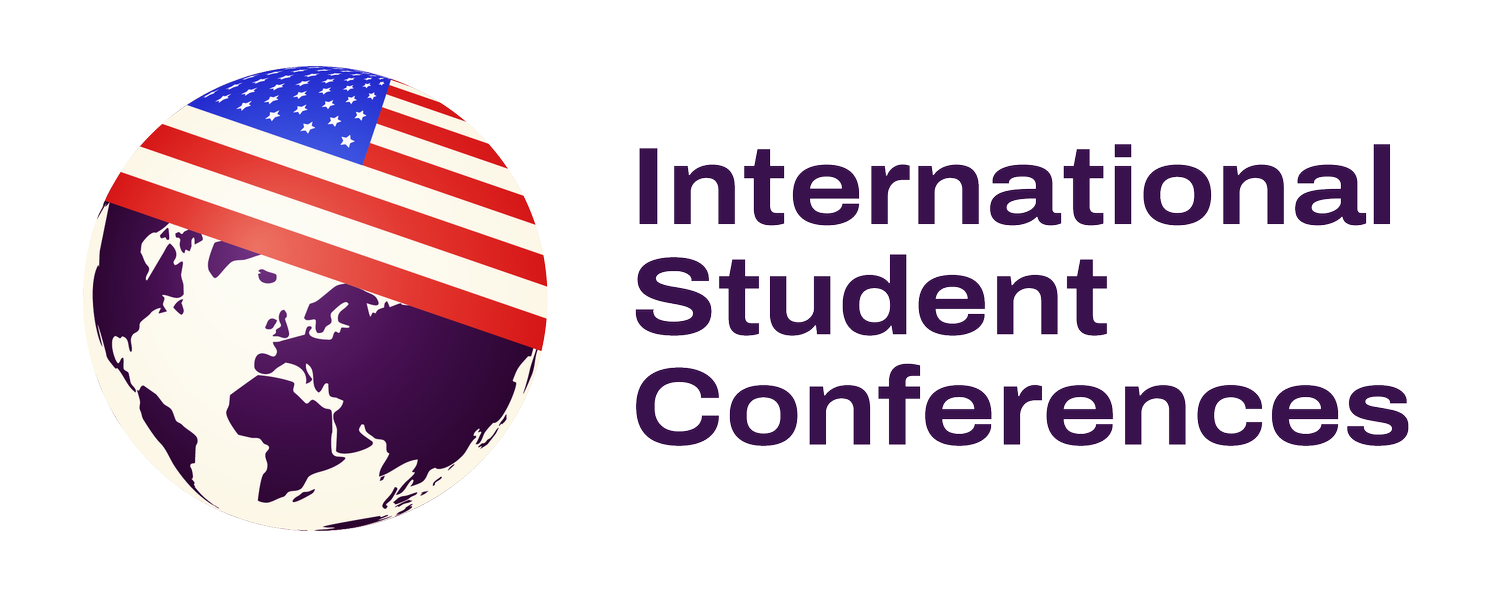ChASC 4: Testing Whether Dialogue Still Works
June 3 – 15, 2024. Chicago, Washington D.C.
The 4th China-America Student Conference convened during a period when U.S.-China relations had deteriorated to their worst point in decades. Seventeen students — 5 Chinese, 12 American — spent two weeks examining whether "people-to-people diplomacy" means anything when governments treat each other as adversaries.
The theme "From Reflection to Connection: Lessons From the Past, Visions For the Future" asked participants to study shared history, apply that knowledge to present tensions, and propose paths toward something better. Whether that's possible remained an open question throughout.
Chicago: The Midwestern Perspective
The conference opened in Chicago, deliberately chosen to represent U.S.-China relations beyond the coastal cities that dominate diplomatic discourse. The Midwest's economic relationship with China differs from Washington's security concerns or Silicon Valley's tech competition.
Programming at the Chinese Consulate and discussions on sister-city relations demonstrated subnational cooperation that continues despite national tensions. Chicago's Chinatown provided historical context — generations of Chinese Americans navigating identity in a country that has alternately welcomed and excluded them.
The city's architecture and economic importance illustrated how deeply interconnected the two economies remain, even as political rhetoric suggests decoupling. Delegates explored what a bilateral relationship means when federal governments antagonize each other, but cities, states, and businesses continue collaborating.
Washington D.C.: Where Tensions Are Policy
The capital segment forced confrontation with institutional reality. Briefings at the U.S. Department of State and The Asia Group showed how diplomacy and business advisory function when strategic competition defines the relationship.
This wasn't theoretical. Chinese delegates experienced Washington as citizens of a country American policy increasingly treats as a threat. American delegates grappled with how to discuss "mutual understanding" when their government implements export controls, sanctions, and military posturing.
The conference provided adequate free time for delegates to explore monuments, museums, and restaurants — recognition that intensive programming on contentious topics requires space to process and decompress.
The Roundtables: First Attempt at Depth
ChASC 4 introduced Roundtables and a Final Forum for the first time, adding research intensity to what had been primarily a dialogue-focused conference. This was ambitious given the two-week timeline and the challenge of conducting collaborative research across a relationship defined by mistrust.
Roundtable presentations at Trinity University included:
Proposals for subnational agreements that bypass federal tensions
Policy recommendations for cultural scholarships promoting exchange despite visa restrictions
Joint educational initiatives on an international scale
These weren't naive proposals pretending tensions don't exist. They were attempts to identify spaces where cooperation remains possible even when a broader relationship has fractured.
What Doubling Delegation Size Revealed
The 2024 conference nearly doubled in size compared to ChASC 3. Seventeen participants remained intimate enough for genuine connection but large enough to represent diverse perspectives within each country.
That diversity mattered. Chinese delegates didn't represent a monolithic "Chinese perspective" any more than American delegates agreed on U.S. policy. Conversations revealed internal debates within each country about how to approach the relationship, what's worth preserving, and what requires fundamental change.
The small size allowed open, honest conversations that larger conferences can't sustain. Delegates became comfortable enough to acknowledge uncertainties, admit when national policies harm the relationship, and question whether their governments' approaches serve long-term interests.
What History Actually Teaches
The theme emphasized learning from shared history. What delegates discovered: the U.S.-China relationship has always cycled between cooperation and confrontation. Neither state is permanent.
Past diplomatic milestones and cultural exchanges demonstrate that collaboration is possible. But history also shows how quickly partnerships collapse when strategic interests diverge, how domestic politics can overwhelm diplomatic rationality, how easily cultural exchange gets politicized.
Reflecting on history didn't provide answers. It provided context for understanding that current tensions, while serious, aren't unprecedented — and that relationships can recover if both sides want them to.
The Honest Assessment
ChASC operates in a fundamentally different environment than JASC or KASC. The U.S.-Japan and U.S.-ROK relationships, despite complications, rest on alliance frameworks and shared democratic values. The U.S.-China relationship has no such foundation — it's managed competition at best, potential conflict at worst.
That context makes people-to-people diplomacy both more difficult and more necessary. More difficult because visa restrictions, political suspicion, and security concerns constrain what's possible. More necessary because official channels have narrowed dramatically.
Seventeen students spent two weeks building genuine friendships across a geopolitical divide. They conducted research proposing cooperation mechanisms. They experienced each other's humanity despite being told by their governments to view each other as threats.
Whether that matters for actual bilateral relations is unclear. Student exchanges don't override strategic competition, economic decoupling, or military posturing. But they create networks of people who understand that the other country isn't a monolith, that common ground exists, that collaboration remains possible if political will emerges.
That's what four years of ChASC demonstrates: even when governments have given up on mutual understanding, students haven't. The question is whether that's enough.
Interested in joining the next China-America Student Conference? Click here to learn more and apply.

